Wolves And The Wolf Pack Mentality
Unlike other major land predators, wolves live mostly in a wolf pack. Why is this so and how do they maintain order?
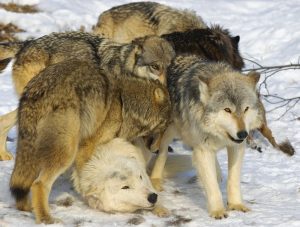
A wolf pack is a group of wolves that live and act together as a social unit.
The wolf pack is a family that consists of the breeding pair (parents), and their daughters and sons. The parents are known as the alpha male and alpha female. Sometimes, the sisters and brothers of the leading pair also live in the pack.
Though the alphas may not necessarily be the biggest wolves in the pack, these individuals are generally the toughest and most respected.
The number of individual wolves in a typical pack ranges from as few as two to as many as 16. Occasionally, a wolf pack can grow to 30 members but at some point, some individuals will break off to find new territory and form a new pack. A pack can control a terrain of sometimes up to thousands of square miles in size.
Within each wolf pack there is a clear hierarchy: male and female hierarchies.
Why Do Wolves Love Their Packs So Much And Remain Loyal To Them?
Well, there are several aspects of the lifestyle of a wolf pack that are quite distinctive from other living organisms, especially the aspect of hierarchy. There are many pros and cons of living in a pack. Some of the cons can seem so disheartening especially for the omega wolf.
But to understand some of these issues better, let’s take a closer look at the typical mentality of wolves in a wolf pack. We’ll briefly examine the major aspects of their lives that keep these creatures together in a functional unit.
Ranking/Hierarchy In A Wolf Pack
In a wolf pack, the highest ranked members are called the alpha pair. This pair is made up of the alpha male and the alpha female. These two are also the only pair that mate in the whole pack.
They are the first commanding level in the pack and receive no command from any other member of the pack.
The alpha male and his mate are the only wolves in the pack that are allowed to reproduce.
However, inevitably the alpha male may suffer some level of competition from other male members of the pack. This is because they also have the urge of becoming the general leader of the pack and they will attempt to mate also.
Typical wolf pack ranking:
- Alpha: The male and/or female wolf that leads the pack.
- Beta: The male and/or female wolf next in line or most likely to ‘replace’ the ruling alpha of the same gender.
- Omega: Lowest ranking wolf of the entire pack.
- Subordinate: Every other member of the pack that’s not an alpha, beta, or omega.
Generally, one wolf between the alpha male and the alpha female may be the leader of the entire wolf pack. The beta wolf comes second in terms of issuing commands in the pack. The beta male has a general role of being the alpha male once the existing alpha male dies.
The omega wolf has the lowest rank in the pack and cannot issue any command to the other members of the pack.
Sometimes, situations in the pack can be so unfavorable to the omega wolf to the extent that it will leave the pack. It will then look for elsewhere to live. Such harsh conditions include lack of food, and bullying from the dominant members of the pack.
How Does A Wolf Become The Alpha?
As wolf pups mature, they will leave their parents’ packs, pair off with other single wolves and have pups of their own. Hence, a new pack forms.
However, in some instances, the alpha male may relinquish the title to the beta male due to some conditions like unstable health or getting too old to manage the pack.
Communication Within The Wolf Pack
Wolves mainly communicate through body language. The signs and symbols used in the language of wolves majorly depends on the rank of the wolf in the pack. Their general posture, as a sign of communication, also depends on their rank in the pack.
For instance, submissive wolves urinate while squatting low while an alpha wolf does so in an erect position with its leg held high. Also, if a dominant wolf approaches a submissive wolf, the submissive one will lower its ears, pull its tail in between its legs or expose its throat or groin as a symbol of subservience.
When greeting a dominant member, the submissive wolf may lick the muzzle of the dominant. Much like a servant bowing and kissing the hand of a king as a sign of respect.
The dominant wolf also has the freedom of looking directly into the eyes of the submissive member while communicating.
Sometimes the wolves in a wolf pack will communicate through howling; which they do for many reasons. Howling may help to create intimacy between the pack members and to assist tracking in thick vegetation.
Howling also helps to strengthen their social bonds. Mostly, howling is done at the departure of an adult going to hunt or upon their return.
Marking Their Territory
To know the extent to which their territory or terrain goes, the wolves use scent marks. The alpha male normally handles this task. Urine or feces is the most common substance used to set the scent mark. After setting the scent mark, the wolf may scratch the surface to make the scent penetrate the marked surface and hence last longer.
Wolves have a remarkable sense of smell. It’s up to ten times greater than that of a dog and a hundred times greater than that of the average human being.
Their snouts have multiple olfactory nerve cells that intensify their sense of smell. As a result, they can keep other wolves from straying into their territory by the scent marks they leave around.
Howling is another way they may maintain their territory. They use it scare their rivals away especially when there is something to protect or they sense some danger.
Wolf Diet
A wolf’s diet can vary greatly depending on availability of prey. Sometimes they will feast on large animals, at other times they may have to make do with earthworms.
Most of their food comes from hunting and they hunt in numbers. This is one of the major advantages of living in a wolf pack.
When there is plenty of food, wolves take averagely three meals a day. However, under limited food supply, they can go for almost two weeks without a substantial meal. They have big stomachs that can hold about twenty to twenty five pounds of food at a single feeding. The alphas feed first after a kill, next are the pups that are old enough to eat meat. Thereafter, other members will eat. The omega wolf eats last.
Wolves love their puppies and they are well cared for by every member of the pack. Male members of the pack take turns to babysit the pups and even non-breeding females can produce milk for the pups.
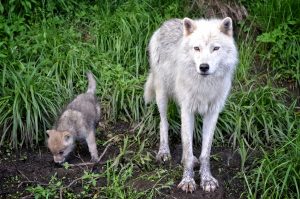
Pups are fed by the older members of the pack mainly fresh meat or regurgitated meat from their stomach.
After eating, they will hide any leftovers in ice or icy soil to save it for later.
Wolves usually eat fast because they know other predators might be coming for the carcass of the dead animal too.
Hunting
Wolves normally go hunting in multiples. They like to attack the prey from the direction to which wind is blowing to prevent the prey from sensing their scent and running away. In most cases, they kill the prey on the spot and take the meat to the main pack.
They majorly hunt large hoofed mammals. Animals at a disadvantage like the old, sick, or young are the first target of a wolf pack attack.
Security Of The Wolf Pack
Dominant males in the wolf pack play a big role in providing security to other members of the pack. They attack enemies in large numbers without consideration of the size or the number of the enemies. Their togetherness during attack makes them a formidable force even to more dangerous carnivores.
When the attacked enemies run away beyond the boundaries of the pack’s terrain, the pursuing wolves normally don’t run after them. Dominant female members of the pack mainly remain at the main pack site to take care of the pups.
Why Do Wolves Remain In A Pack?
Wolves are mostly social animals and they thrive by living and hunting in these packs. The strength that their numbers give provides security, socialization, and makes it easier to catch much larger prey.
But they can survive alone if need be. And ultimately, grown offspring, especially the males will leave to form their own packs.
Such is the life of a wolf.

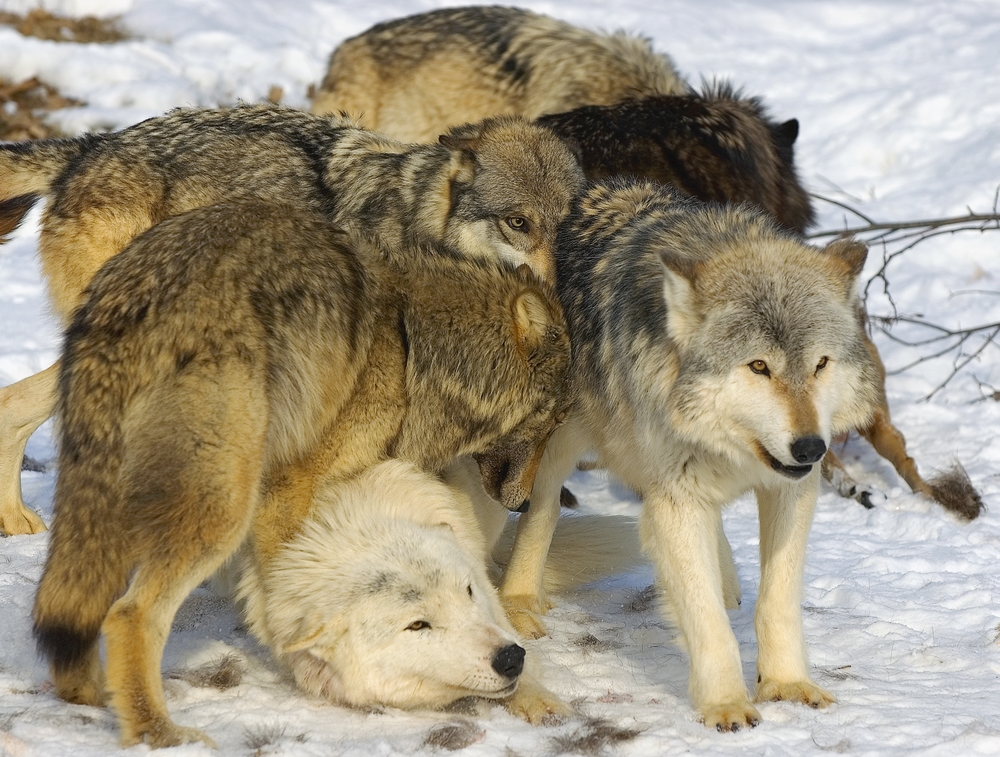
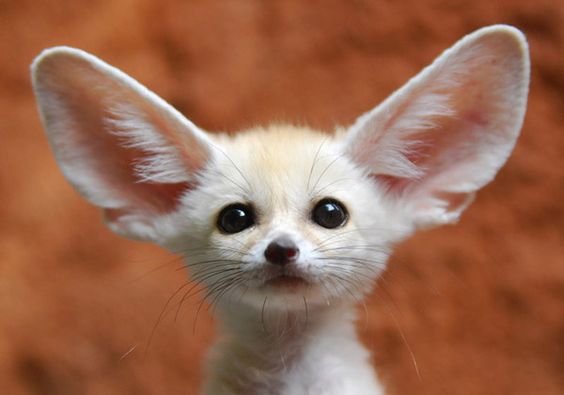
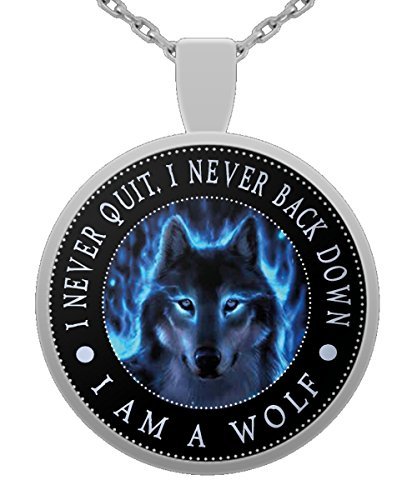
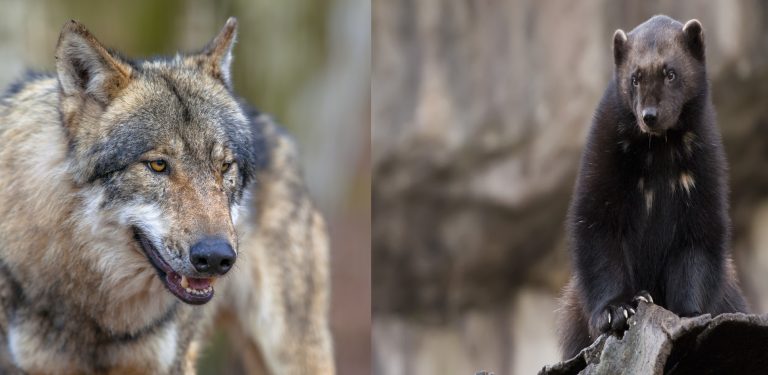
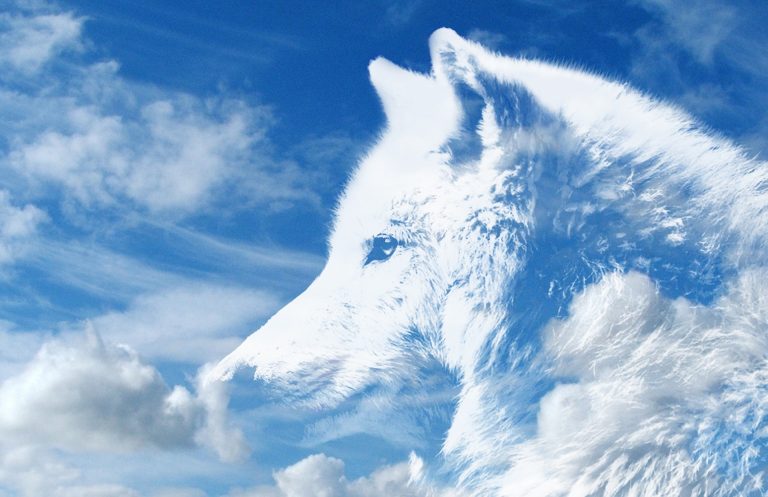
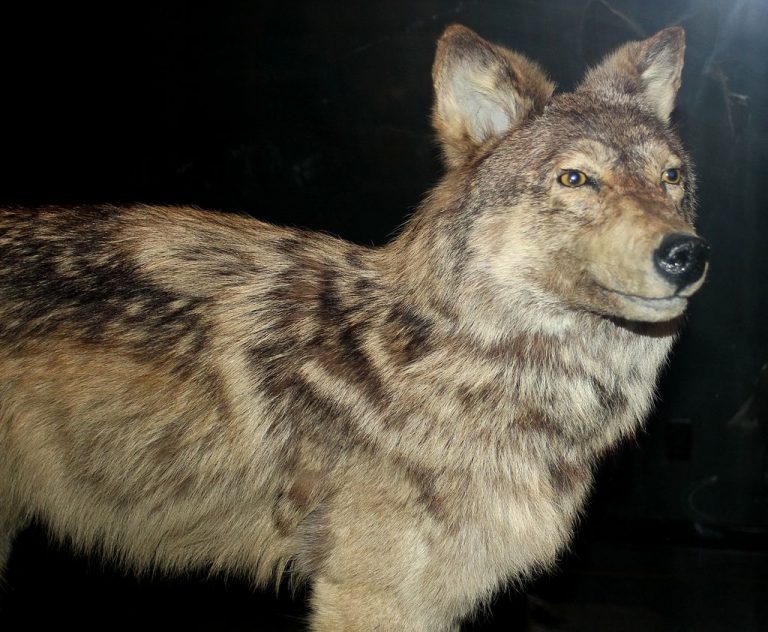
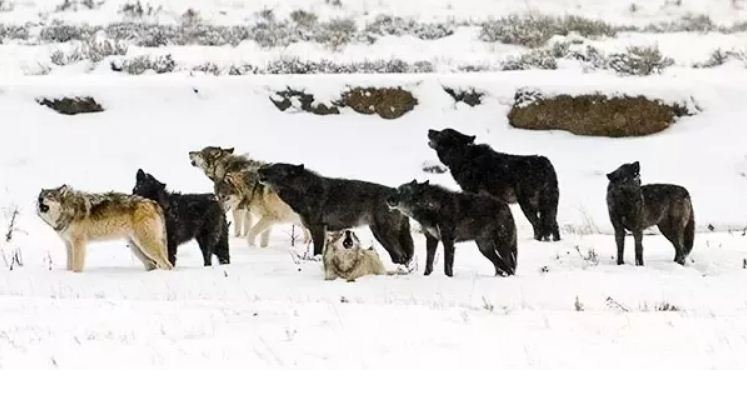
Awesome story and facts. Love the wolves
Love to read these stories they are such amazing animals love the woles